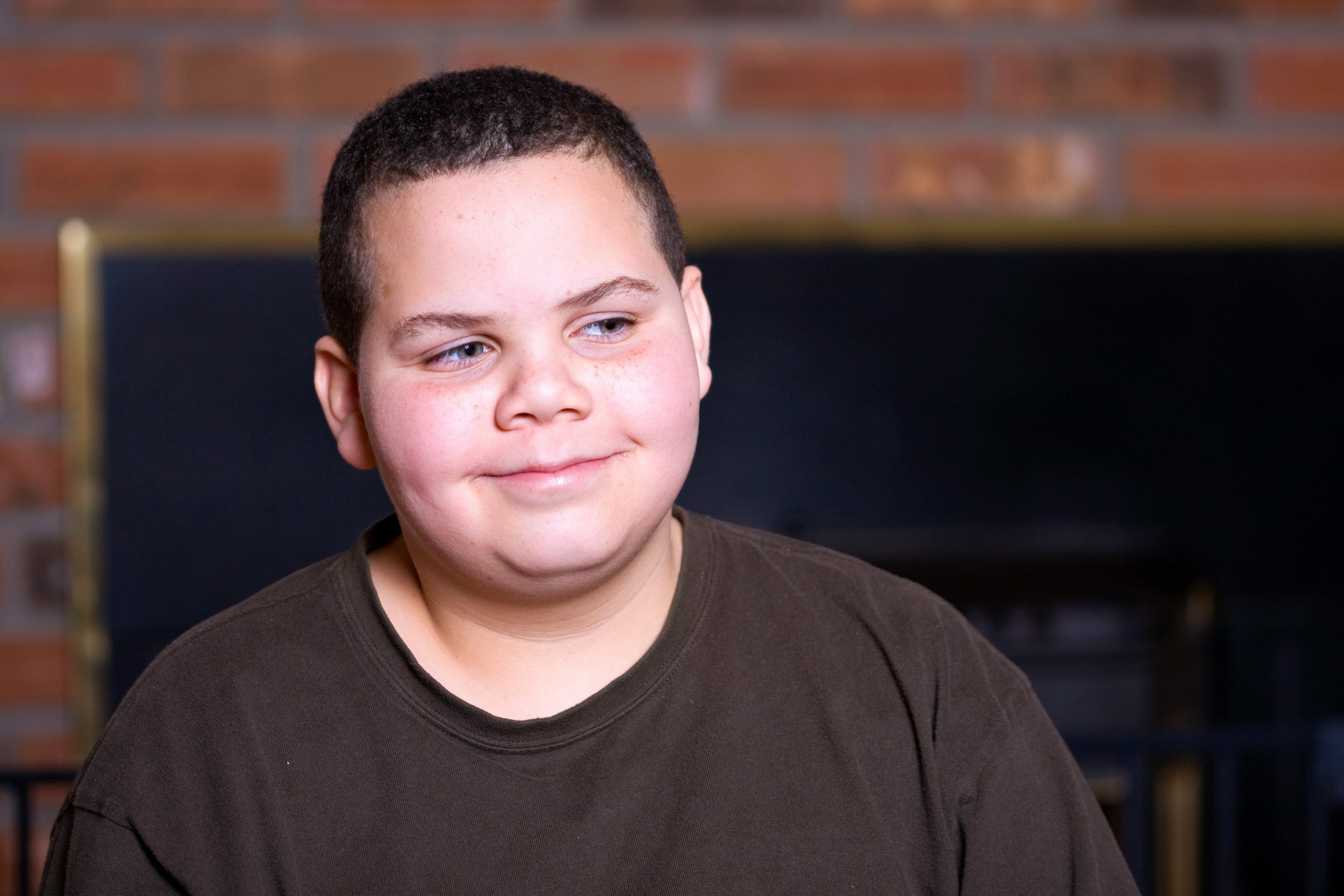
Treatment for Childhood Anxiety and OCD
Children and Adolescents / Georgetown, TX and 40 States*
What is an anxiety disorder?
There are several types of anxiety disorders. They all involve two elements:
(1) Intense Anxiety + (2) Avoidance = Anxiety Disorder
If you’re like most parents, you try to find ways to get rid of the first element (intense anxiety) through relaxation skills, distraction, or even medication.
Those strategies may help in the short term, but the anxiety often returns - sometimes more potent than before.
But what if I told you effective treatments should focus on the second element (avoidance)? Imagine how scary a haunted house ride would be the first time vs the hundredth time. It would be not very interesting.
In exposure therapy, children are walked through their “haunted house” over and over again, becoming increasingly resilient. That means they can take action regardless of how they feel. When they can do that, they can do anything!
However, not all children benefit from exposure therapy…
Anxiety disorders and OCD are debilitating and overwhelming. They can make it hard for your child to function at school, with peers… and in therapy.
Not all children and teens can handle exposure therapy on their own. This often leads some children and their families to spin their wheels in therapy, making little-to-no progress.
Your child can move forward!
SPACE is an evidence-based treatment for anxiety, OCD, and related disorders. SPACE is a brief treatment of 8-12 sessions. The goals of SPACE are to:
Increase resilience in the face of anxiety and OCD
Communicate with your loved one without meltdowns and screaming.
Improve your child's confidence to handle stress, school, and relationships.
SPACE
Supportive Parenting of Anxious Childhood Emotions (SPACE) is a parent-led treatment for youth anxiety, OCD, and related disorders.
Why focus on parents?
YOU are highly motivated to change.
All of the parents I work with are stressed and overwhelmed by their child’s anxiety disorder! Children have mixed feelings about giving up their avoidance and compulsions, which seem to protect them from their fears. That is why the fire is lit under your feet. Working with you is the path of least resistance and to change.
Your suffering is no less deserving of help.
Unfortunately, psychology has sent the message everything is the parents’ fault. Parents mess up the kids. Research, however, shows things can go the other way! But it doesn’t take a scientist to understand when a child is having a tough time, their loving parents are going to have a tough time.
Anxious children are easily overwhelmed.
Many anxious children can quickly learn strategies to cope and face their faces; however, doing it can be another story. While the goal of SPACE is to improve your child’s resilience, SPACE removes the burden of therapy for your overwhelmed child and puts it on your solid shoulders.
Helping your child out of tough situations is what parents do!
When your loved one was a young child and sick, what did you do? You took them to the doctor. You gave them the medicine. You stayed with them and nursed them back to health. Why? Because your child needed you to do something they couldn’t do.
“So much is asked of parents, and so little is given.”
— Virginia Satir
How It Works
Step 1.
I will assess the emotional and behavioral challenges you and your child are facing.
Step 2.
I will teach you how SPACE works to accomplish the goals.
Step 3.
I will teach you a simple way to decrease conflictual communication and improve your child’s confidence.
Step 4.
We will find out all the ways your child is overly avoiding or depending on you.
Step 5.
We will choose one of those behaviors to change.
Step 6.
We will make a plan to change that avoidant or dependent behavior and make a plan to overcome difficult barriers, such as disagreement between parents, aggression, and suicidal and self-injurious behaviors.
Step 7.
We will “grease the wheels” for change using an announcement.
Step 8.
We will implement the plan and troubleshoot any difficulties.
Step 9.
We will attack other behaviors of avoidance and dependence together.
Step 10.
We will make a plan so that you can continue to attack other avoidant and dependent behaviors on your own and create a relapse prevention plan.
Are you ready to get started?
or fill out the form below to contact me today.


